The Unseen Battle: Understanding Alcohol Withdrawal and Why Quitting is the Only Way Out
The decision to quit drinking alcohol is one of the most courageous choices a person can make. Yet many who embark on this journey find themselves facing an unexpected adversary: withdrawal symptoms. These physical and psychological manifestations are the body's dramatic response to the absence of a substance it has grown dependent on. Understanding alcohol withdrawal—particularly the classic symptoms of shakes, anxiety, and nausea—is crucial for anyone considering or currently undergoing this challenging transition.
The Science Behind the Shakes
Perhaps the most visible sign of alcohol withdrawal is tremors, commonly known as "the shakes." These involuntary movements typically begin within 5-10 hours after the last drink and can range from slight hand tremors to full-body shaking. The physiological explanation lies in alcohol's effect on the central nervous system.
Alcohol enhances the effects of gamma-aminobutyric acid (GABA), the brain's primary inhibitory neurotransmitter, while suppressing glutamate, the main excitatory neurotransmitter. With chronic alcohol use, the brain compensates by reducing GABA activity and increasing glutamate production. When alcohol is suddenly removed, this carefully balanced system is thrown into chaos. The result is an overexcited nervous system that manifests as tremors, agitation, and in severe cases, seizures.
The severity of shakes often correlates with the duration and intensity of alcohol consumption. For long-term heavy drinkers, these tremors can be debilitating, making simple tasks like holding a cup or signing one's name nearly impossible. This physical manifestation of withdrawal serves as a powerful reminder of alcohol's grip on the body's fundamental operations.
The Anxiety That Grips
While shakes represent the physical dimension of withdrawal, anxiety embodies its psychological toll. Withdrawal-related anxiety is more than just nervousness—it's a profound sense of dread that can feel overwhelming and inescapable. This symptom typically peaks within 24-72 hours after cessation but may persist for weeks in what's known as post-acute withdrawal syndrome (PAWS).
The neurochemical basis for this anxiety again traces back to alcohol's disruption of the brain's delicate balance. The sudden absence of alcohol leaves the nervous system in a hyper-aroused state, with elevated heart rate, blood pressure, and stress hormone levels. The amygdala, the brain's fear center, becomes hyperactive, interpreting normal situations as threats.
Many people report that withdrawal anxiety feels qualitatively different from ordinary anxiety. It's often described as a "free-floating" anxiety without specific cause—a generalized sense of impending doom that colors every thought and experience. This emotional turmoil can be so distressing that it drives many back to drinking for relief, perpetuating the cycle of dependence.
The Nausea That Overwhelms
Gastrointestinal distress, particularly nausea and vomiting, represents another common withdrawal symptom that begins within hours of the last drink. This physical response stems from alcohol's impact on multiple systems: it irritates the stomach lining, disrupts digestive enzymes, and alters the gut's microbiome.
During withdrawal, the digestive system essentially rebels against its former equilibrium. The stomach, which had adapted to regular alcohol exposure, must suddenly readjust to functioning without it. This adjustment period often involves inflammation, acid imbalances, and delayed gastric emptying—all contributing to nausea.
In severe cases, nausea can prevent adequate hydration and nutrition, leading to further complications. The combination of vomiting, sweating (another common withdrawal symptom), and reduced fluid intake can quickly lead to dehydration, electrolyte imbalances, and additional stress on an already overwhelmed system.
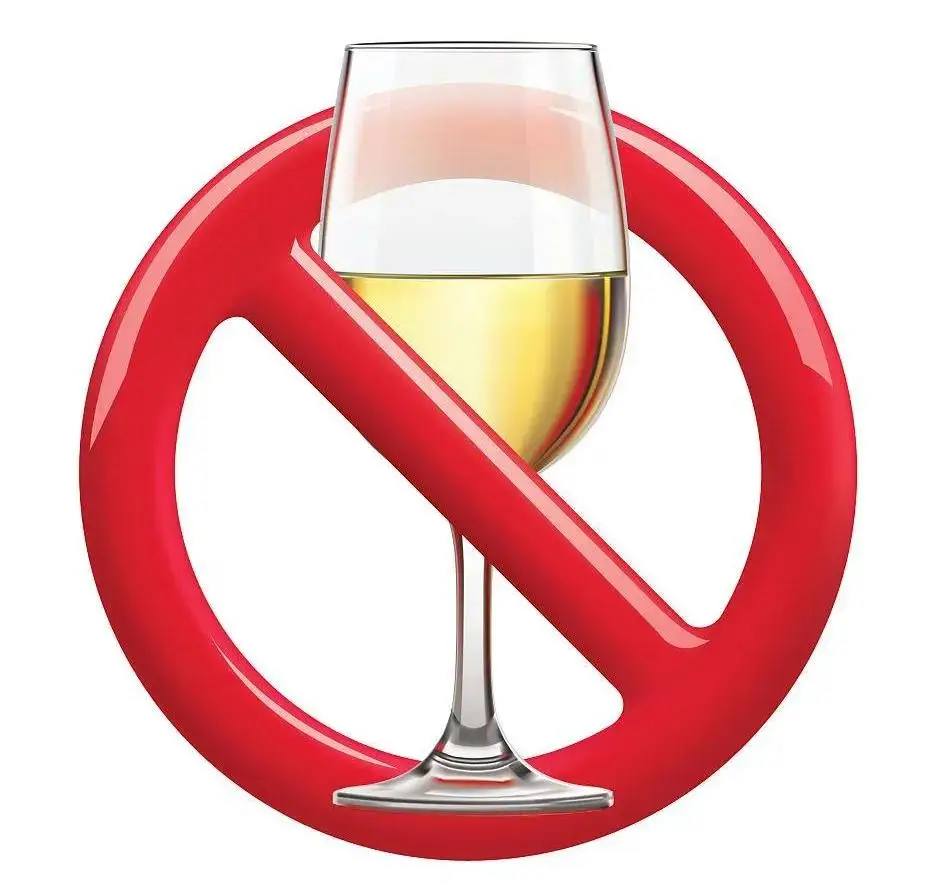
The Dangerous Progression: From Symptoms to Syndrome
While shakes, anxiety, and nausea are challenging enough on their own, they can escalate into more severe conditions if not properly managed. Approximately 5% of people undergoing alcohol withdrawal develop delirium tremens (DTs), a medical emergency characterized by confusion, rapid heartbeat, fever, and hallucinations. DTs typically begin 48-96 hours after the last drink and require immediate medical attention.
The progression from mild symptoms to severe withdrawal underscores why professional supervision is often necessary for those with significant alcohol dependence. What begins as tremors and anxiety can evolve into life-threatening complications without appropriate intervention.
Why Quitting is the Only Solution
Despite the undeniably challenging nature of withdrawal symptoms, they represent necessary steps on the path to recovery. Each tremor, each moment of anxiety, each wave of nausea signifies the body and mind recalibrating to function without artificial stimulation.
The temporary discomfort of withdrawal pales in comparison to the long-term consequences of continued heavy drinking: liver disease, cardiovascular problems, neurological damage, and increased cancer risk, not to mention the psychological and social consequences. Withdrawal symptoms, while unpleasant, are transient. The damage caused by ongoing alcohol abuse is cumulative and often permanent.
Moreover, with modern medical understanding, withdrawal symptoms can be effectively managed through various approaches:
Medical Detoxification: Under professional supervision, medications can ease the severity of symptoms and prevent complications. Benzodiazepines are commonly used to reduce nervous system excitability, while other medications address specific symptoms like nausea or anxiety.
Nutritional Support: Alcohol depletes essential vitamins and minerals, particularly B vitamins, magnesium, and electrolytes. Replenishing these nutrients can significantly improve withdrawal symptoms and support overall recovery.
Hydration Therapy: Intravenous fluids can maintain hydration and electrolyte balance when oral intake is compromised by nausea.
Gradual Reduction: For some, a tapered reduction in alcohol consumption under medical guidance can minimize withdrawal severity.
Beyond the Physical: The Psychological Journey
Successfully navigating withdrawal requires more than addressing physical symptoms—it demands psychological preparation and support. Understanding that symptoms are temporary and represent healing rather than illness can provide crucial mental fortitude during the most challenging moments.
Cognitive-behavioral techniques can help manage anxiety, while mindfulness practices may reduce the intensity of physical discomfort. Support groups and counseling provide emotional reinforcement and practical strategies for maintaining sobriety once the acute withdrawal phase has passed.
The Light at the End of the Tunnel
Withdrawal symptoms typically follow a predictable timeline. Physical symptoms like shakes and nausea peak within the first 72 hours and gradually improve over 5-7 days. Anxiety and sleep disturbances may persist for several weeks but gradually diminish in intensity.
Most people report significant improvement in both physical and mental wellbeing within the first month of abstinence. With time, the body's natural regulatory systems restore balance, often resulting in better sleep, improved mood, and increased energy levels than before quitting.
Conclusion: Embracing the Temporary Struggle for Lasting Freedom
Alcohol withdrawal symptoms—shakes, anxiety, nausea—are undoubtedly challenging. They test resolve, demand courage, and require support. Yet these symptoms are not punishments but rather signs of healing, evidence that the body and mind are reclaiming their natural equilibrium.
The temporary discomfort of withdrawal is the price of liberation from alcohol's grasp. By understanding what to expect and seeking appropriate support, individuals can navigate this difficult passage toward lasting health and freedom. The journey through withdrawal is ultimately an investment in a future unconstrained by dependence—a future where wellbeing is no longer measured by the distance between drinks but by the quality of life rediscovered.
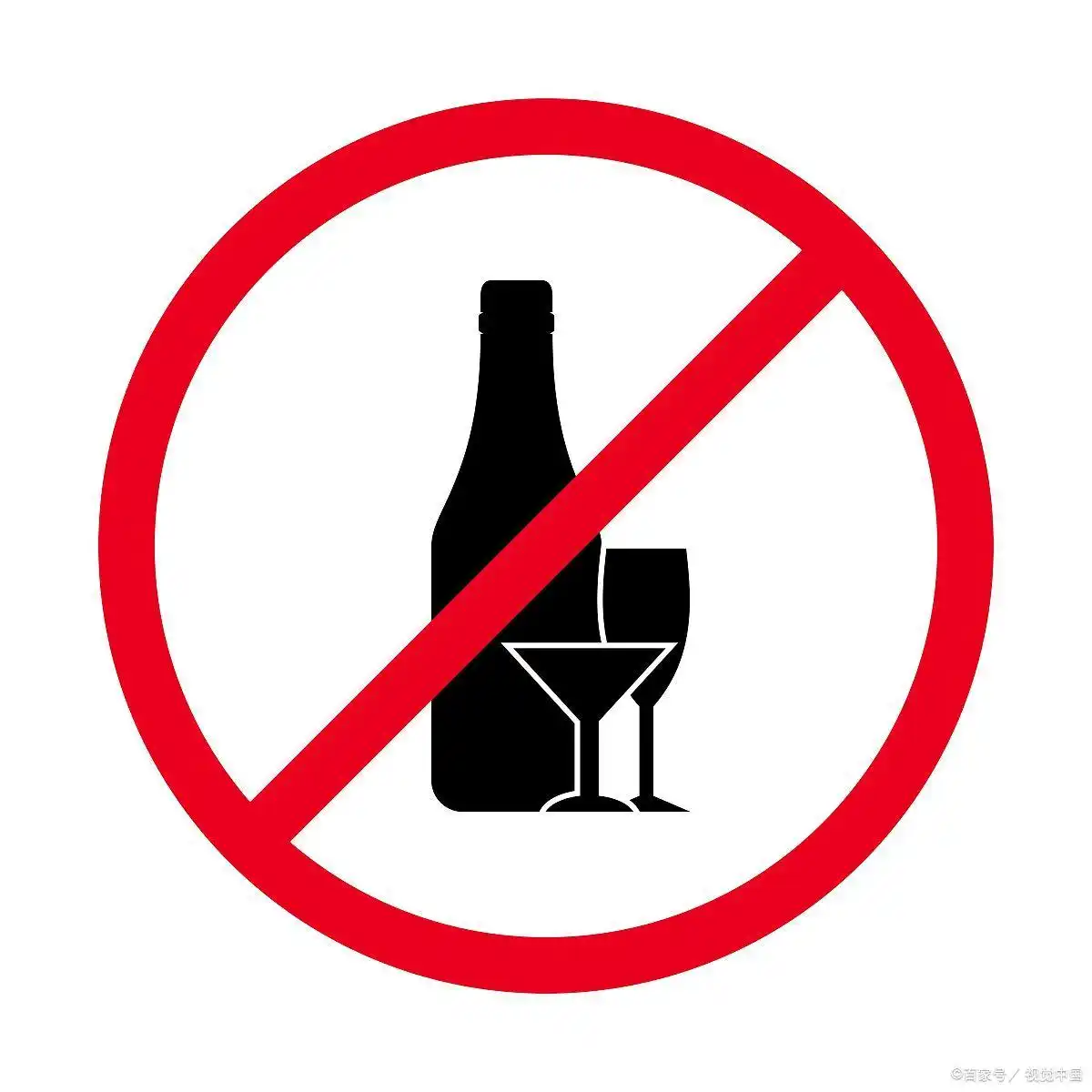
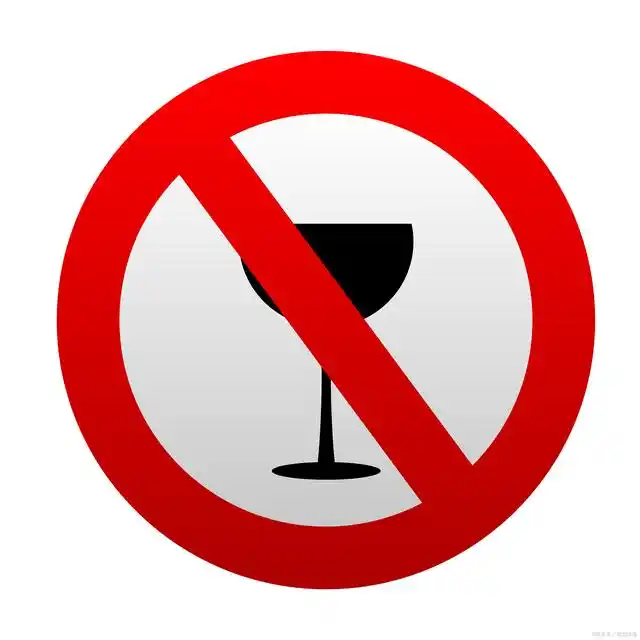
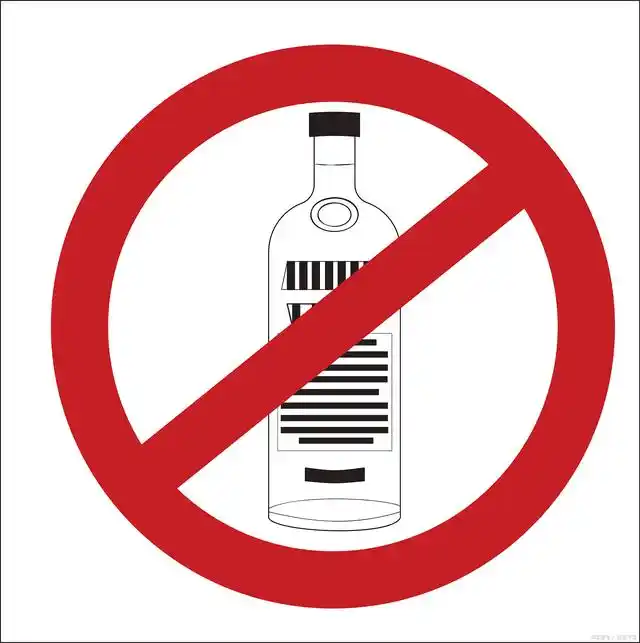
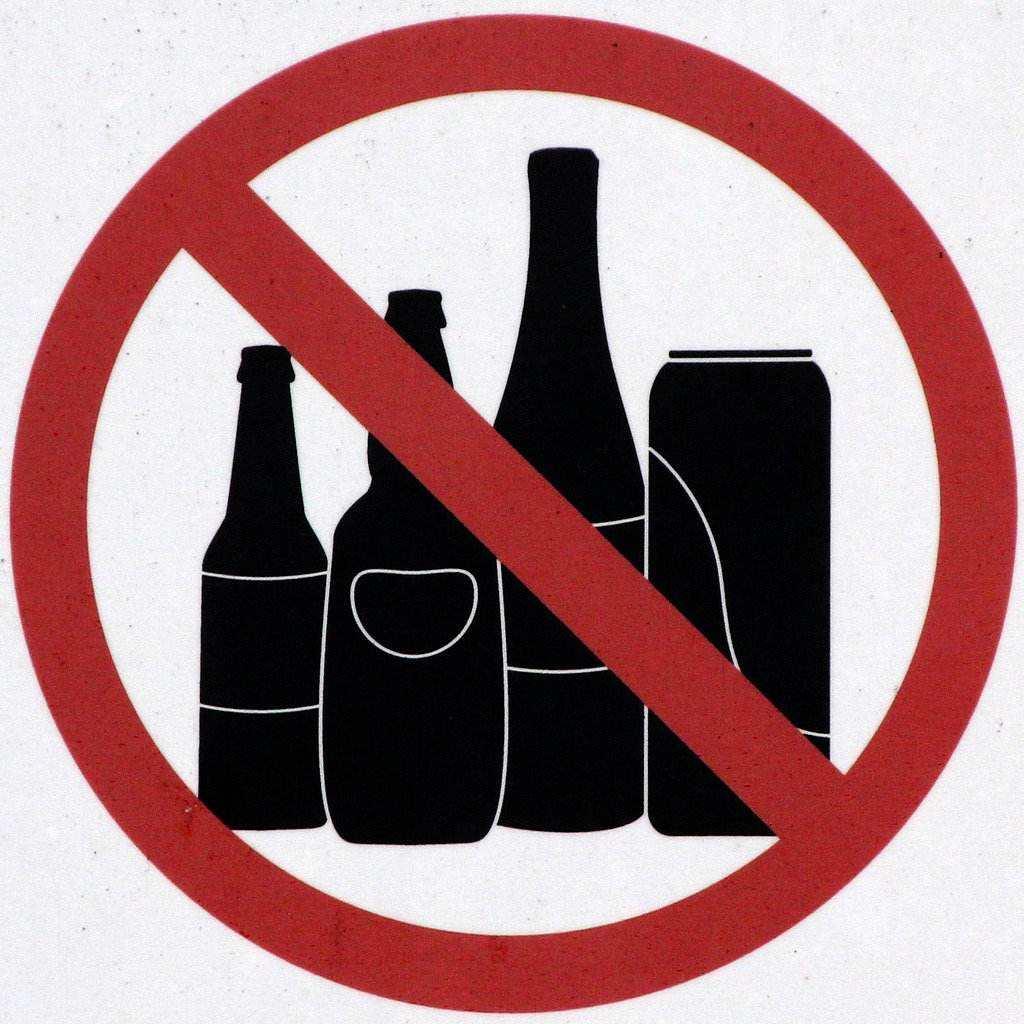
发表评论